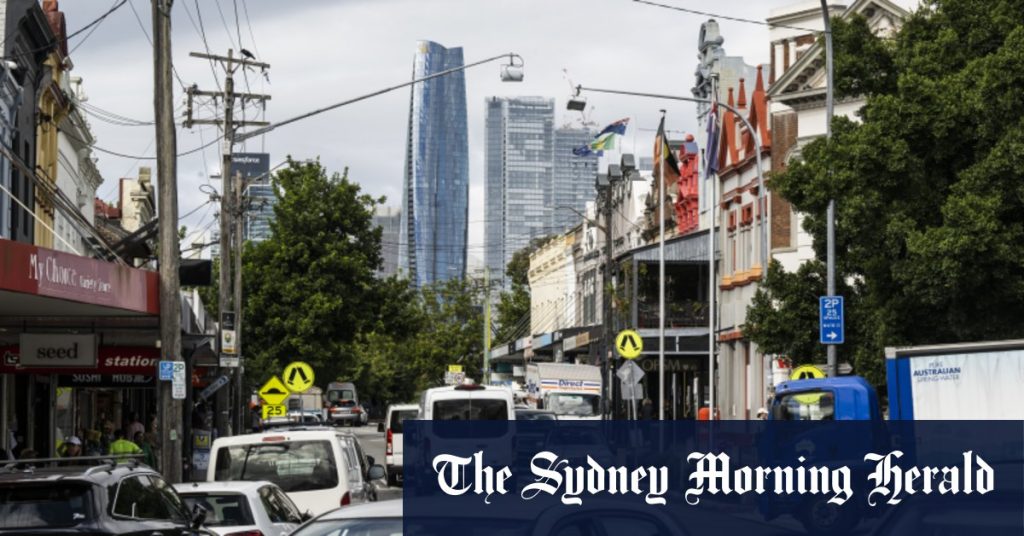A Transport for NSW spokeswoman explains that the practical driving test is designed to produce consistent results regardless of the examiner, test route, location, or prevailing traffic conditions. Pass rates may be influenced by factors such as the number of individuals seeking a modified driver’s license due to age or medical conditions, converting from an interstate or international license, and the prevalence of professional driving lessons. NSW has a graduated licensing scheme that requires drivers to meet various conditions, such as completing 120 hours of supervised driving, before obtaining a full license. Concerns have been raised about the 57% pass rate for the driving test, indicating underlying issues with driving training and access to lessons.
University of Sydney engineering PhD student Jacob Elmasry explains that achieving perfect consistency among multiple examiners can be challenging, as factors like observation skills and willingness to overlook minor errors can vary. He suggests that rural drivers may have higher pass rates due to starting driving at a younger age and the easier driving conditions in rural areas compared to urban settings. Elmasry also highlights the importance of reducing variability between driving examiners to mitigate bias and ensure fair testing practices. It is essential for the government to address these issues to improve the overall standard of driving testing and training.
Data from Transport for NSW reveals that 233,584 individuals, or 72%, passed the knowledge test in the past year, with significant variations in failure rates by area. Higher failure rates were observed in metropolitan areas like Hornsby, Ryde, The Hills, and Willoughby, compared to regional areas such as Balranald, Bourke, Broken Hill, Coonamble, and Inverell. Elmasry suggests that socioeconomic factors may contribute to these differing results in the knowledge test, as individuals in wealthier suburbs may have more resources and time to prepare adequately. Western Australian Centre for Road Safety Research director Teresa Senserrick emphasizes the importance of supervised practice driving hours in improving candidates’ chances of passing the test.
Senserrick also points out that pass rates can vary between regions due to differences in traffic volume, speed limits, weather conditions, and the readiness of candidates. Rushing into the test early without adequate preparation can also impact the pass rate. It is crucial for candidates to log the recommended number of supervised practice driving hours to increase their chances of passing the test successfully. Elmasry suggests that the government should focus on reducing variability among examiners, addressing socioeconomic disparities in access to driving training and education, and improving overall testing standards to ensure a fair and consistent evaluation process for all drivers.
In conclusion, the driving test pass rates in NSW may be influenced by various factors such as the examiner’s observation skills, driving conditions, access to driving lessons, and socioeconomic disparities. It is essential for the government to address these issues to improve the consistency and fairness of the testing process. By reducing variability among examiners, promoting equal access to driving education and training, and emphasizing the importance of supervised practice driving hours, the overall standard of driving testing and training can be enhanced to ensure that all drivers meet the necessary requirements for safe and competent driving.


